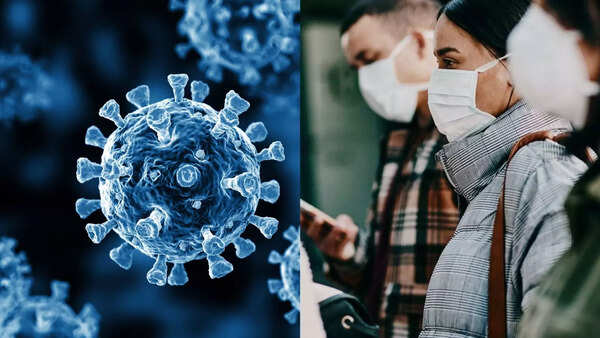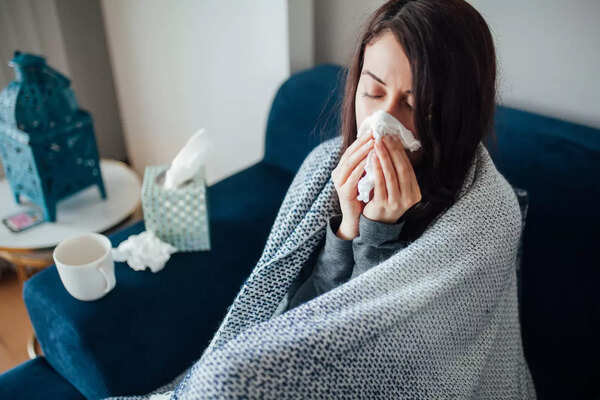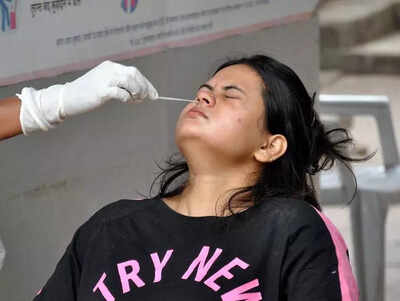Now Reading: Coronavirus Cases: India sees fresh spike in COVID-19 cases with 3000 active cases and 4 deaths: Here’s what needs more care now |
-
01
Coronavirus Cases: India sees fresh spike in COVID-19 cases with 3000 active cases and 4 deaths: Here’s what needs more care now |
Coronavirus Cases: India sees fresh spike in COVID-19 cases with 3000 active cases and 4 deaths: Here’s what needs more care now |

On May 31, India recorded 3,395 active COVID-19 cases with 4 fresh deaths, a number not alarming in itself but enough to bring back critical reminders. Most new patients are under home care, and health authorities say there’s no need to panic. However, the virus hasn’t vanished, it has simply shifted forms, targeting the fragile corners of public health.The deaths reported, from Delhi, Kerala, Uttar Pradesh, and Karnataka, had one thing in common: underlying health conditions. These were not “healthy” individuals hit by a new wave, but rather, those whose existing vulnerabilities made room for the virus to strike harder.It’s not the numbers alone but the patterns behind them that demand attention.Hidden health gaps: Not everyone’s immunity is readyMild symptoms in the general population don’t mean low risk for all. The deceased in Karnataka, Kerala, and Delhi had severe co-morbidities — from heart conditions to sepsis and post-operative complications.

Those living with chronic illnesses or recovering from surgeries remain invisible targets for infection. When the body is already fighting other battles, COVID-19 doesn’t need to be aggressive to cause harm.Check-ups for chronic illnesses shouldn’t be skipped, even if COVID-19 seems minor in the community. Overlooking one’s baseline health today can be dangerous in the face of even a mild infection.
Clean air indoors
Poor ventilation is still an underestimated carrier, especially in urban homes, schools, and offices using air conditioners or coolers.Most people sanitize hands but rarely think about airflow — yet it’s fresh air that dilutes viral load.Whether it’s a school reopening or a shared workspace, windows are protection. Let air move. Mechanical ventilation, HEPA filters, or even a table fan facing outwards can help.
Test fatigue
Reduced testing is hiding the actual spread. Cases may be underreported because symptoms are now being mistaken for seasonal flu or heatstroke.This complacency in testing means real-time data is blurry — and outbreaks can go unnoticed until vulnerable people are impacted.A nasal swab is still the best way to clarify doubts. Especially in homes with elderly, one test can protect more than one person.

Overlooked hygiene zones
People wash hands, but not what hands touch. Mobiles, wallets, keychains, even office badges — all are high-touch items that skip the cleaning cycle.Mobile phones can host viruses for hours, sometimes even days.A soft cloth with sanitizing spray once a day keeps more than just dust away. It’s not about obsession; it’s about realistic defence.
Mental exhaustion
COVID-19, even when mild, continues to cause brain fog, fatigue, and low mood in recovering patients — especially in older adults. The psychological drag can last weeks and reduce immunity further.The real burden is not always physical. The virus doesn’t end at negative RT-PCR — it lingers in energy levels and emotional wellbeing.Light walking, proper hydration, and even just talking to someone regularly helps rebuild the rhythm post-COVID. This virus may feel smaller now, but its impact can still be silent and deep.



















































